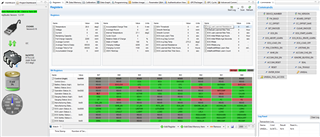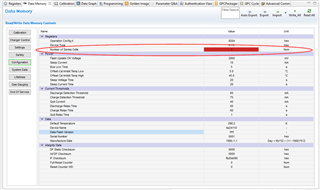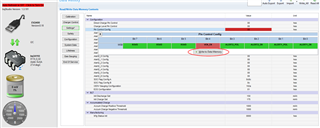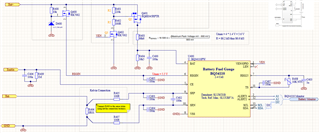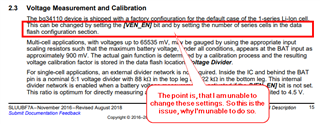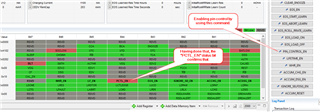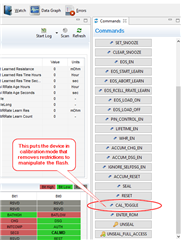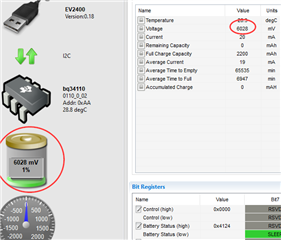Hi there,
It seemed to be obvious, however, it doesn't work.
I habe a BQ34110 connected successfully to the Battery Management Studio. I can see all registers. As I have a 4-series-cell NiMH configuration with 2300 mAh, I would like to change these settings. So going to the "Data Memory" and changing the "Number of Series Cells" to 4, then clicking "Write_All" does not take it. when reading all registers this number is set back to "1".
What do I do wrong?
Best regards
Nik



